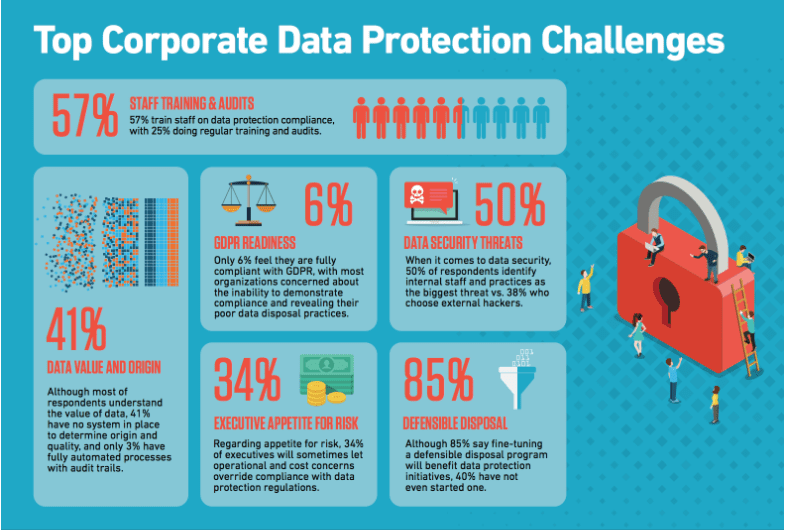How the Latest Stress Reducer Can Benefit Your Business
Employee laws and requirements are often quick to change under each new administration—and compliance professionals are no strangers to the headaches of having to adapt. But now, there’s a solution that can make compliance a breeze for businesses of all sizes: compliance automation.
When it comes to employment laws and regulations, the only constant is change. And the further regulations shift, the more difficult it becomes for organizations to navigate the tricky, complex waters of compliance.
Unfortunately, compliance isn’t an area that is particularly forgiving of mistakes, as compliance missteps pose serious financial, security and safety risks. Luckily, compliance automation gives you the tools to scale your compliance checklists, follow-ups and ability to quickly identify potential risks. Here’s how:
Streamlining Documents in a Centralized Hub
According to Thomson Reuters’ Cost of Compliance 2017 survey, 26 percent of firms spend more than a whole day each week tracking and analyzing regulatory changes. And that doesn’t even account for the adjustments—including new paperwork—that need to be made after regulations change.
Regardless of business size, compliance automation offers a centralized hub so you can track and submit all important documents and forms safely. It also offers more visibility to the pipeline, so you can ensure all documents are up-to-date, signed, sealed and delivered when they need to be. And, since automation reduces human error, the likelihood of compliance mishaps also decreases.
Saving Time, Money and Precious Resources
As the old adage goes, time is money. The more time your team spends on manual paper processes and relying on brain power to remember complex steps in the compliance process, the less time they’ll have to focus on the bigger picture and the bottom line.
Humans are prone to mistakes, so you can bet that paper-based systems are often riddled with typos or signatures in incorrect fields—a costly offense when it comes to compliance. However, compliance automation allows you to sign and send forms electronically, preventing users from advancing with incomplete fields and building in approvers at multiple levels for quality assurance. To top it off, by streamlining these forms, you can save money that you would otherwise spend on labor and growth of your compliance team.
Boosting Security of Documents
Paper-based processes have a seemingly endless list of security flaws: Documents can be misplaced, fall victim to a fire, or even be ruined when Joe from accounting spills his coffee on them. Thankfully, compliance automation can keep these mishaps at bay and help you keep tabs on progress by building out workflows for recordkeeping, audits and other processes.
The days of using plastic binders and spreadsheets to handle reporting are over. A compliance automation platform allows the user to build out consistent templates that are stored digitally and use dashboards that can quickly bring visibility to bottlenecks or non-compliance across the organization.
Employee laws and compliance requirements are in a state of flux, so it’s hard not to feel overwhelmed by the adaptation it requires. However, this doesn’t mean that your company’s compliance processes are doomed; by implementing workflow automation, you can streamline important documents, save precious resources and keep your confidential documents secure.



 Steve Wilson is responsible for Product Management and Marketing for Accusoft's products, including
Steve Wilson is responsible for Product Management and Marketing for Accusoft's products, including 









